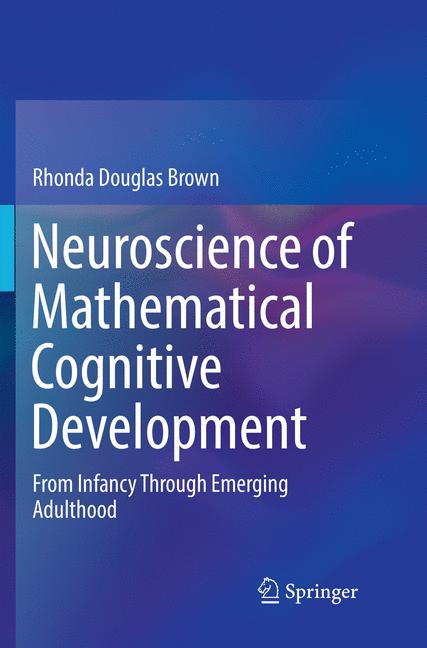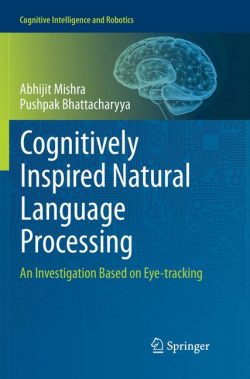This book examines the neuroscience of mathematical cognitive development from infancy into emerging adulthood, addressing both biological and environmental influences on brain development and plasticity. It begins by presenting major theoretical frameworks for designing and interpreting neuroscience studies of mathematical cognitive development, including developmental evolutionary theory, developmental systems approaches, and the triple-code model of numerical processing. The book includes chapters that discuss findings from studies using neuroscience research methods to examine numerical and visuospatial cognition, calculation, and mathematical difficulties and exceptionalities. It concludes with a review of mathematical intervention programs and recommendations for future neuroscience research on mathematical cognitive development.
- Functional Magnetic Resonance Imaging (fMRI).
- Diffusion Tensor Imaging (DTI).
- Event Related Potentials (ERP).
- Transcranial Magnetic Stimulation (TMS).
Rhonda Douglas Brown, Ph.D. is currently an Associate Professor of Early Childhood Education and Human Development and Cognitive Developmental Psychology at the University of Cincinnati, where she teaches graduate courses in Mathematics Cognition; Cognitive Development; Brain Development, Cognition, & Learning; and Cognition & Culture, as well as undergraduate Educational Psychology. She co-founded and serves as the Director of the Developmental & Learning Sciences Research Center, which strives to generate research, educational experiences, and applications using an emergent, interdisciplinary approach from the fields of developmental psychology, cognitive science, neuroscience, and education. Dr. Brown conducts research examining neural correlates and cognitive mechanisms of mathematical and memory development using fMRI and behavioral measures with the aim of improving educational interventions for children with learning difficulties. Dr. Brown also serves as Co-Editor of the peer-reviewed journal Child, Youth and Environments. She has a profound interest in how children’s environments affect their brain development, cognition, and learning. Her current research, sponsored by the National Science Foundation, examines how intentionally designed PlayScapes serve as environments for promoting children’s Science, Technology, Engineering, and Mathematics (STEM) learning and executive function.
This book examines the neuroscience of mathematical cognitive development from infancy into emerging adulthood, addressing both biological and environmental influences on brain development and plasticity. It begins by presenting major theoretical frameworks for designing and interpreting neuroscience studies of mathematical cognitive development, including developmental evolutionary theory, developmental systems approaches, and the triple-code model of numerical processing. The book includes chapters that discuss findings from studies using neuroscience research methods to examine numerical and visuospatial cognition, calculation, and mathematical difficulties and exceptionalities. It concludes with a review of mathematical intervention programs and recommendations for future neuroscience research on mathematical cognitive development.
- Functional Magnetic Resonance Imaging (fMRI).
- Diffusion Tensor Imaging (DTI).
- Event Related Potentials (ERP).
- Transcranial Magnetic Stimulation (TMS).
Presents major theoretical frameworks for designing and interpreting neuroscience studies of mathematical cognitive development
Provides a comprehensive overview of developmental theory, brain development, and neuroscience research methods
Discusses mathematical difficulties, exceptionalities, anxiety, and interventions
Examines interactions between neural activity, behavior, and environmental contexts and experiences





